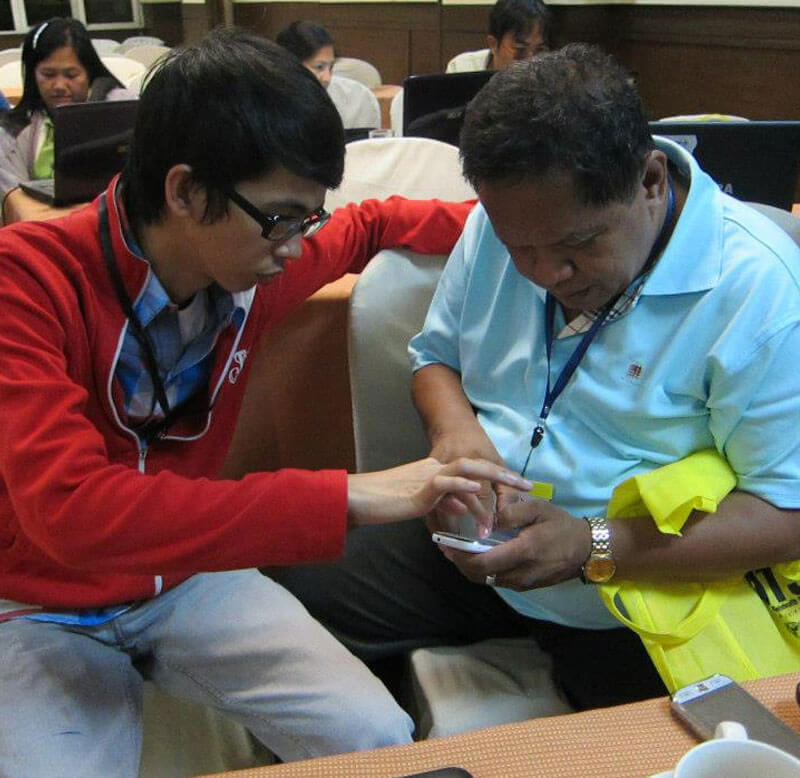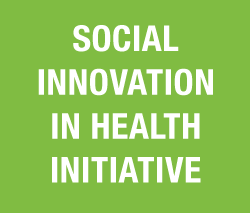National Telehealth System (NTS)
CONTINENT
Africa
COUNTRY
Philippines
Location
National Telehealth Center, University of the Philippines Manila
Health focus
Primary Health Care
Website
N/A
Founding year
2011
Organizational structure
Government
Actors Involved
State, Communities
Programme Focus
Service Delivery, Community Mobilisation
Governance
Logistics
CHALLENGE
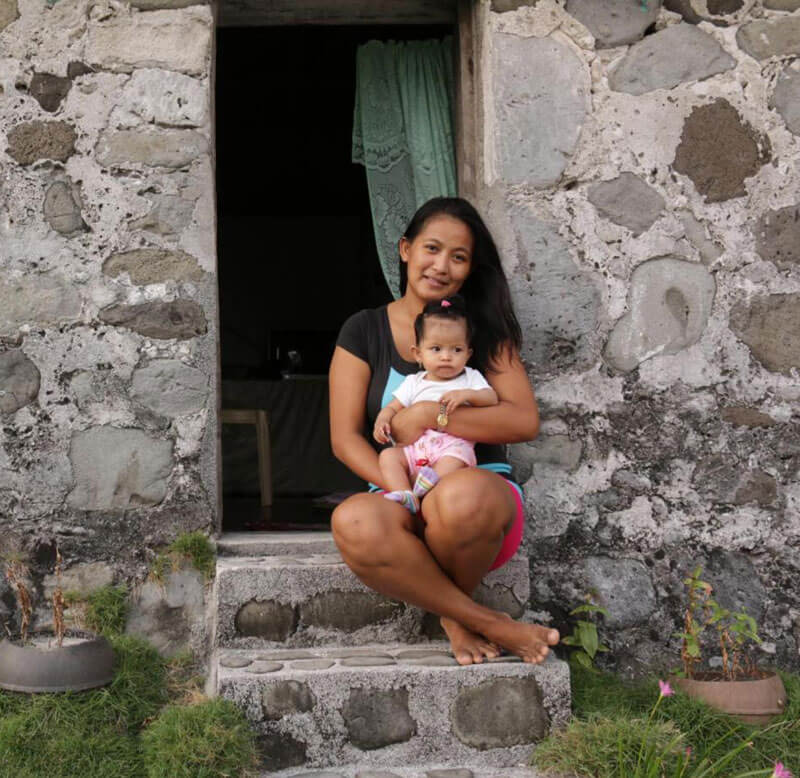
“Telemedicine is a systems intervention, not a health information or technology intervention. I think it’s important to note that technology itself will not change things unless you change the human and the organizations around it and that’s why it’s a disruptive technology.”
– Portia Fernandez-Marcelo, MD, MPH, Project leader, National Telehealth System, Social Innovator
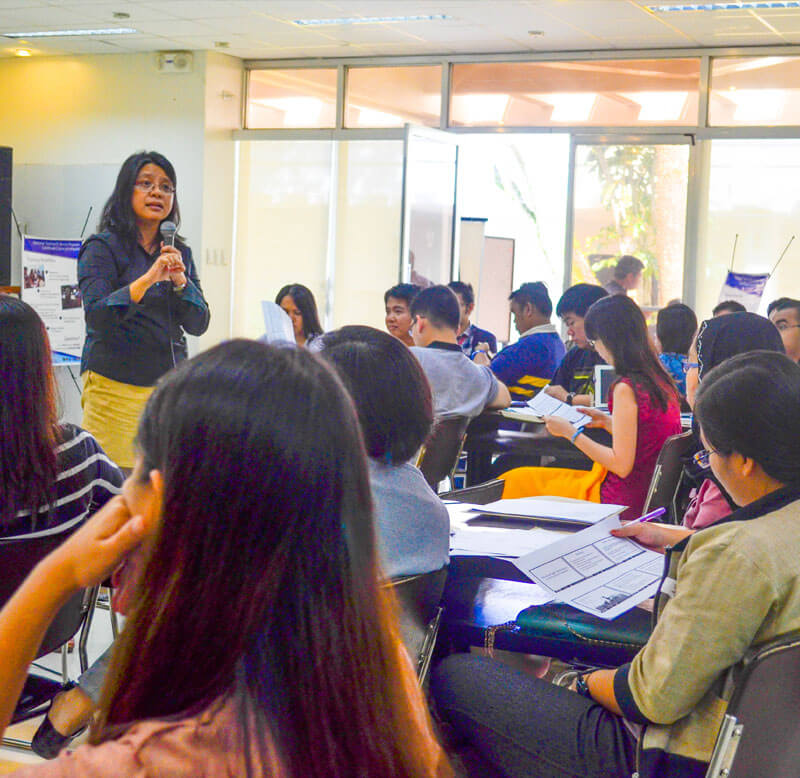
INTERVENTION
“I started off with a problem and finding creative solutions around that. What is most important is the humility that I don’t have all the solutions.”
– Portia Fernandez-Marcelo, MD, MPH; Project leader, National Telehealth System
NTS is used by clinicians from 175 healthcare facilities that are serving more than five million Filipinos. Since 2004, the National Telehealth Center has addressed over 2,000 teleconsultations and telereferrals coming from healthcare facilities found in GIDAs.
